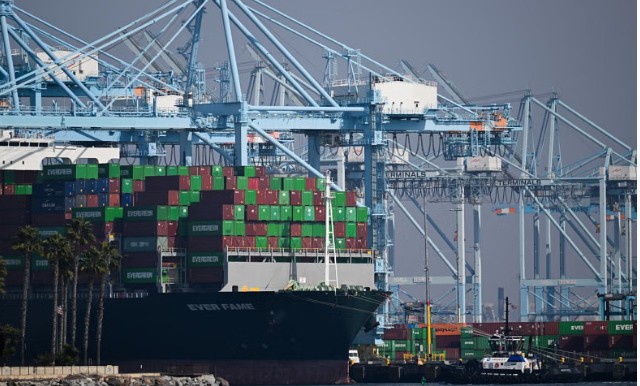South Korea, U.S. to Formalize $350 Billion Trade Investment Plan with Non-Binding Agreement

Seoul and Washington Aim to Clarify Profit-Sharing, Operational Structure of July Deal
Seoul, August 26, 2025 — A senior South Korean official announced Monday that South Korea and the United States will formalize a non-binding agreement to outline the operation and structure of a massive $350 billion investment fund, central to a July trade deal that aimed to boost bilateral economic ties and reduce tariffs.
The agreement comes after weeks of back-channel negotiations over how the funds would be managed, shared, and distributed. Though both sides hailed the July accord as a landmark deal at the time with Seoul pledging hundreds of billions in U.S.-bound investment key details were left vague, leading to differing interpretations on profit-sharing mechanisms and the governance model.
“We have agreed to draft a non-binding framework that will define the scope, structure, and expected returns from the $350 billion investment fund,” the South Korean official said, speaking on condition of anonymity due to the sensitivity of the talks.
Context: July Trade Deal Overview
The original trade agreement, signed in Washington in July, saw the U.S. agree to reduce select tariffs on South Korean electric vehicles, semiconductors, and green energy equipment, in return for a long-term commitment by South Korean firms and sovereign wealth funds to invest in U.S.-based infrastructure, technology, and clean energy projects.
However, differing expectations emerged shortly after the announcement:
The U.S. side envisioned joint governance and capped returns for government-backed funds.
South Korea sought greater flexibility in fund allocation and market-driven returns for its corporate and state investors.
The newly proposed non-binding framework will attempt to bridge these differences without requiring immediate legislative approval in either country, while leaving space for future revisions.
Why It Matters
The clarification is seen as vital to unlocking the full potential of what has been described as the largest-ever bilateral investment pledge between the two allies, and a cornerstone of broader U.S. efforts to de-risk supply chains from China while deepening Indo-Pacific economic partnerships.
Analysts say the move will also:
Reassure investors and markets wary of regulatory ambiguity
Signal continued cooperation between Seoul and Washington amid regional security challenges, including those posed by North Korea and rising China-U.S. tensions
Next Steps
Officials from both sides are expected to finalize the draft terms of the agreement before the next U.S.–Korea Strategic Economic Dialogue, scheduled for early October 2025.
In the meantime, South Korean investment agencies, including the Korea Investment Corporation (KIC) and major conglomerates such as Samsung, SK, and Hyundai, are reportedly finalizing their allocations into clean energy, AI, semiconductor fabs, and electric vehicle infrastructure in the U.S.
